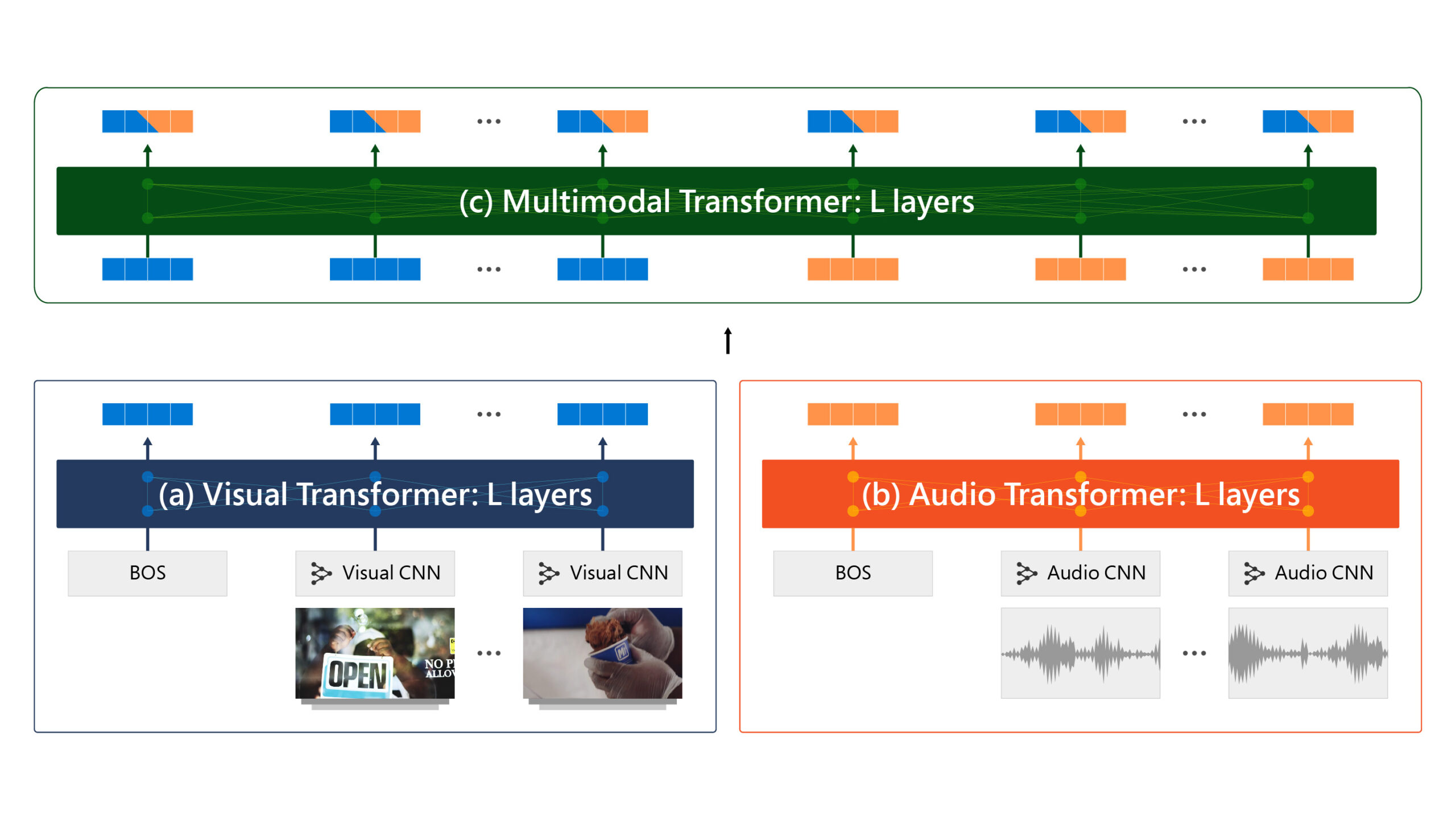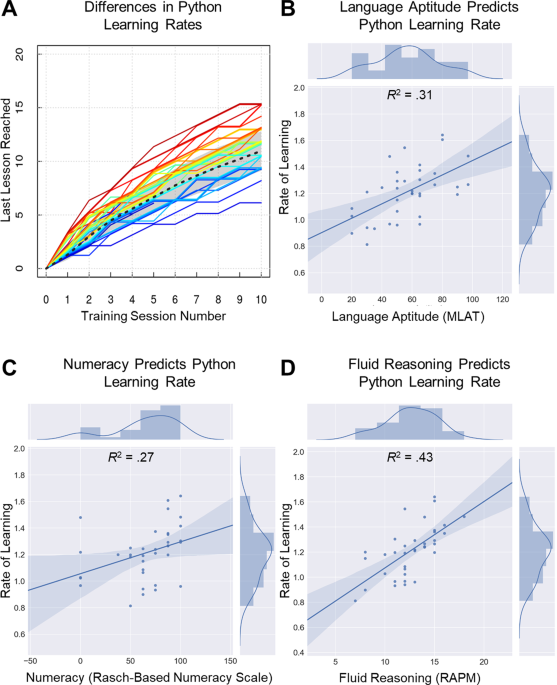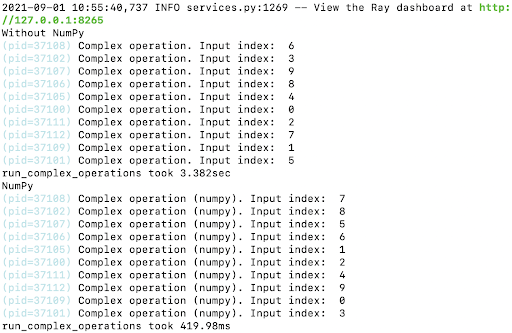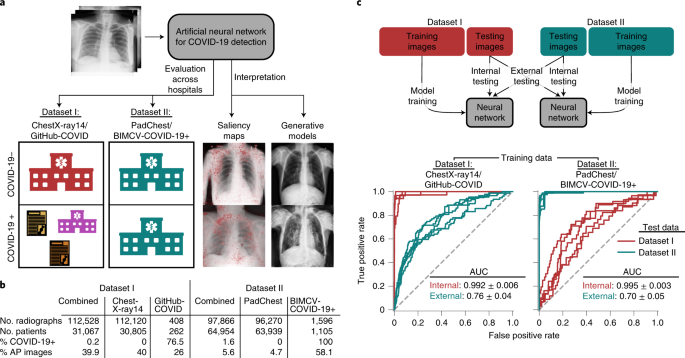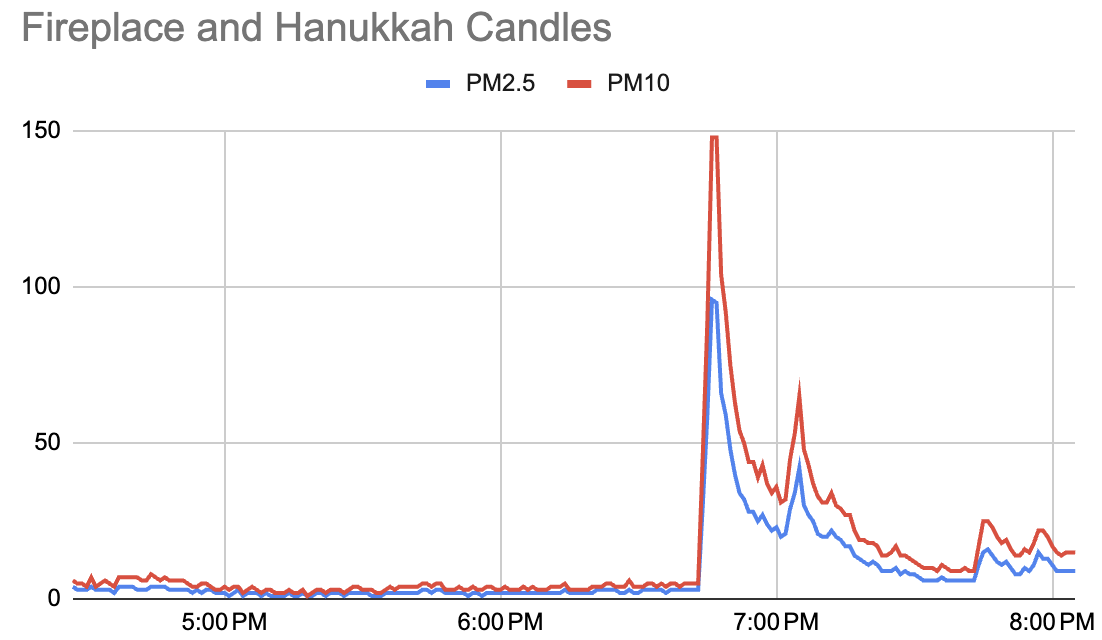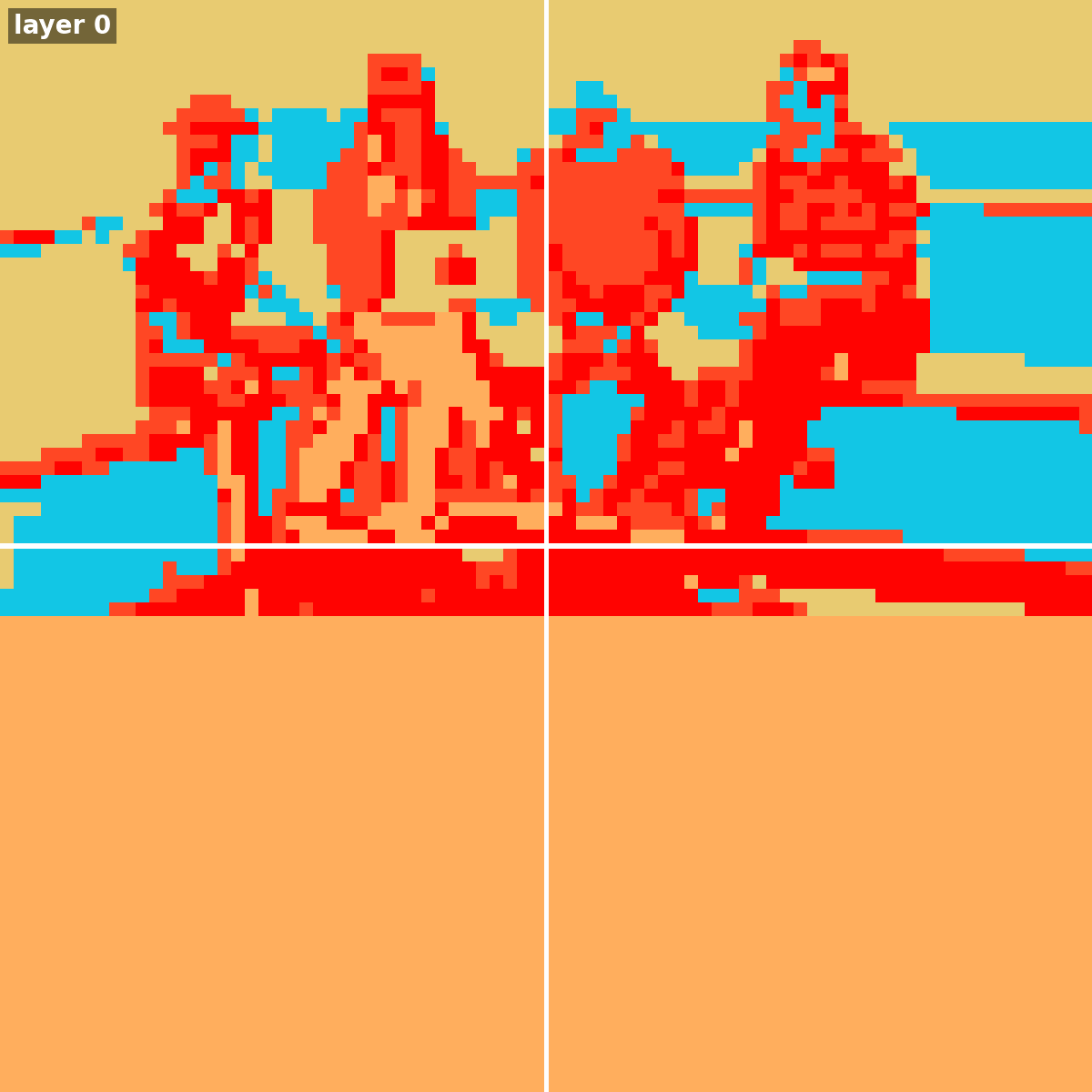Benchmarking Vision, Language, & Action Models On Robotic Learning Tasks
Vision-language-action (VLA) models represent a promising direction for developing general-purpose robotic systems, demonstrating the ability to combine visual understanding, language comprehension, and action generation. However, systematic evaluation of these models across diverse robotic tasks remains limited. In this work, we present a comprehensive evaluation framework and benchmark suite for assessing VLA models. We profile three state-of-the-art VLM and VLAs —GPT-4o, OpenVLA, and JAT—across 20 diverse datasets from the Open-X-Embodiment collection, evaluating their performance on various manipulation tasks. Our analysis reveals several key insights: (1) current VLA models show significant variation in performance across different tasks and robot platforms, with GPT-4o demonstrating the most consistent performance through sophisticated prompt engineering, (2) all models struggle with complex manipulation tasks requiring multi-step planning, and (3) model performance is notably sensitive to action space characteristics and environmental factors. We release our evaluation framework and findings to facilitate systematic assessment of future VLA models and identify critical areas for improvement in the development of general-purpose robotic systems.
All 3 models - HuggingFace's JAT (novel generalist model, OS implementation of GATO), GPT-4o (SoTA VLM), and OpenVLA (SoTA VLA) were evaluated across the 20 diverse datasets from the Open-X-Embodiment collection listed below, thus evaluating their performance on various manipulation tasks. JAT was also evaluated on 33 more OpenX Embodiment datasets, and GPT-4o was evaluated on 2 more OpenX Embodiment datasets. You can find the results of these evaluations in the paper
